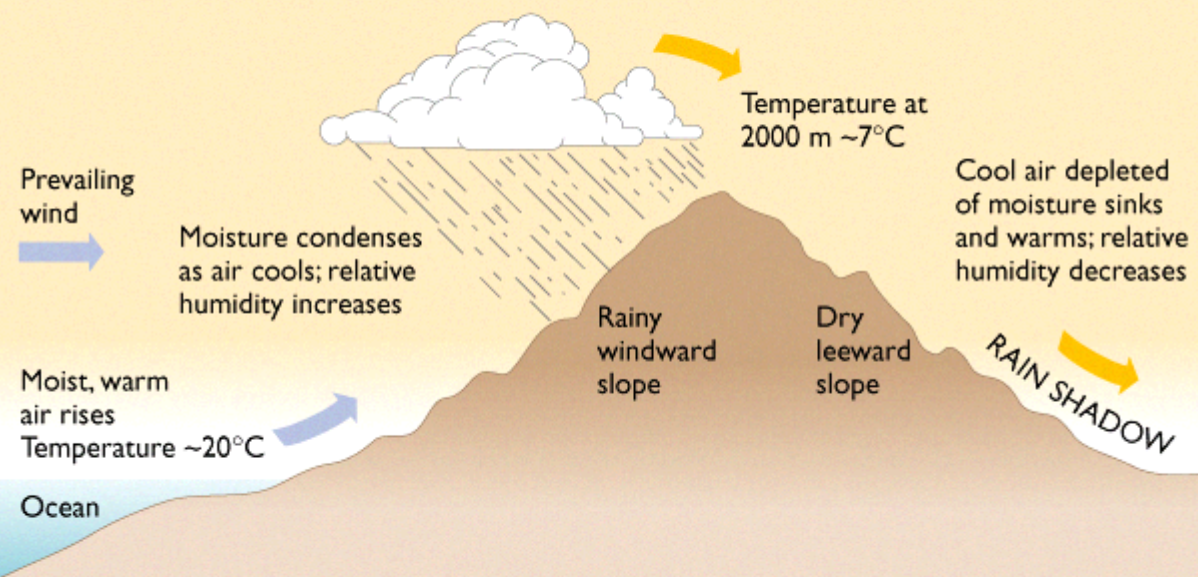
To be more specific, in order for these water droplets or ice crystals to form into clouds in the atmosphere, a series of processes have to happen, and different types of clouds form from different processes. The four main ways that clouds can form are:
-Surface Heating
-Mountains and Terrain
-Weather Fronts (cold or warm)
-Air Masses Being Forced to Rise
All of these processes involve the cooling of air. Warm air is able to hold larger amounts of water vapor than cool air, so when air cools it is no longer able to hold all of the water vapor it was able to hold when it was warm. This extra water vapor begins to condense out of the air into liquid water droplets.
there are five main types of clous, which are , cirrostratus clouds, cirrocumulus clouds,altocumulus clouds and cumulus clouds.
cirrus cloudsthere are also four types of cirrus clouds. two kinds of cirrus clouds that we should know is cirrus Fibratus dsand Spissatus. they are all ice clouds, if you see these to kinds of clouds, it means it is a good wather now. however, the weather also depend on the winds. if the winds are from the E to S, precipitation is likely to occur with 20 to 30 hours of that time period too.

Fibratus

Spissatus
there are 3 types of cirrostratus clouds. these clouds cover up the whole sky. these clouds contain ice. if you see these clouds in the sky, it means that precipitation is likely to occur in 15 to 25 hours.

cirrostratus clouds
cirrocumulus clouds
cirrocumulus clouds are all ince clouds. if you see these clouds in the morning, then that means you will likely to see come thunderstrom showers in the afternoon.

Cirrocumulus
Altocumulus clouds are mostly water and ice clouds. one type of altocumulus clouds, undulatus clouds, is the sign for heavy rain.

Undulatus
Cumulus Clouds
Cumulus clouds are the most common clouds. There are 4 types of Cumulus clouds; Humilis, Vertical Growth, one kind of cumulus clouds that we should know is Vertical Growth can also occur during fair weather conditions and can spawn afternoon showers.

Cumulus clouds are the most common clouds. There are 4 types of Cumulus clouds; Humilis, Vertical Growth, one kind of cumulus clouds that we should know is Vertical Growth can also occur during fair weather conditions and can spawn afternoon showers.
Humilis

Vertical Growth
Hope everyone can learn from what i post, clouds formation is amazing right ?!!? :D
Zhou Weixin(25) JH 405
reference:






